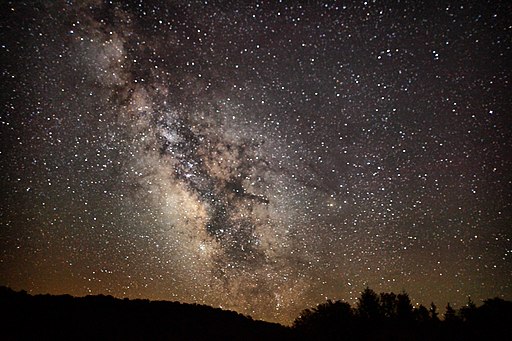
I have Christian friends who revel in the notion that God attends to them personally, that they are important. But true peace lies in the opposite. For then your sadness is nothing. Your hopes, fears, disappointments, and ambitions, all made of the same hogwash. Creation stretches on and on, tangible and timeless, and you...
Well, there is no you, is there?
Perhaps you died laughing.
(Adapted from 100 Days on the Mountain, copyright RK Henderson. Photo courtesy of Wikimedia Commons and Troy and Rusty Lilly.)









